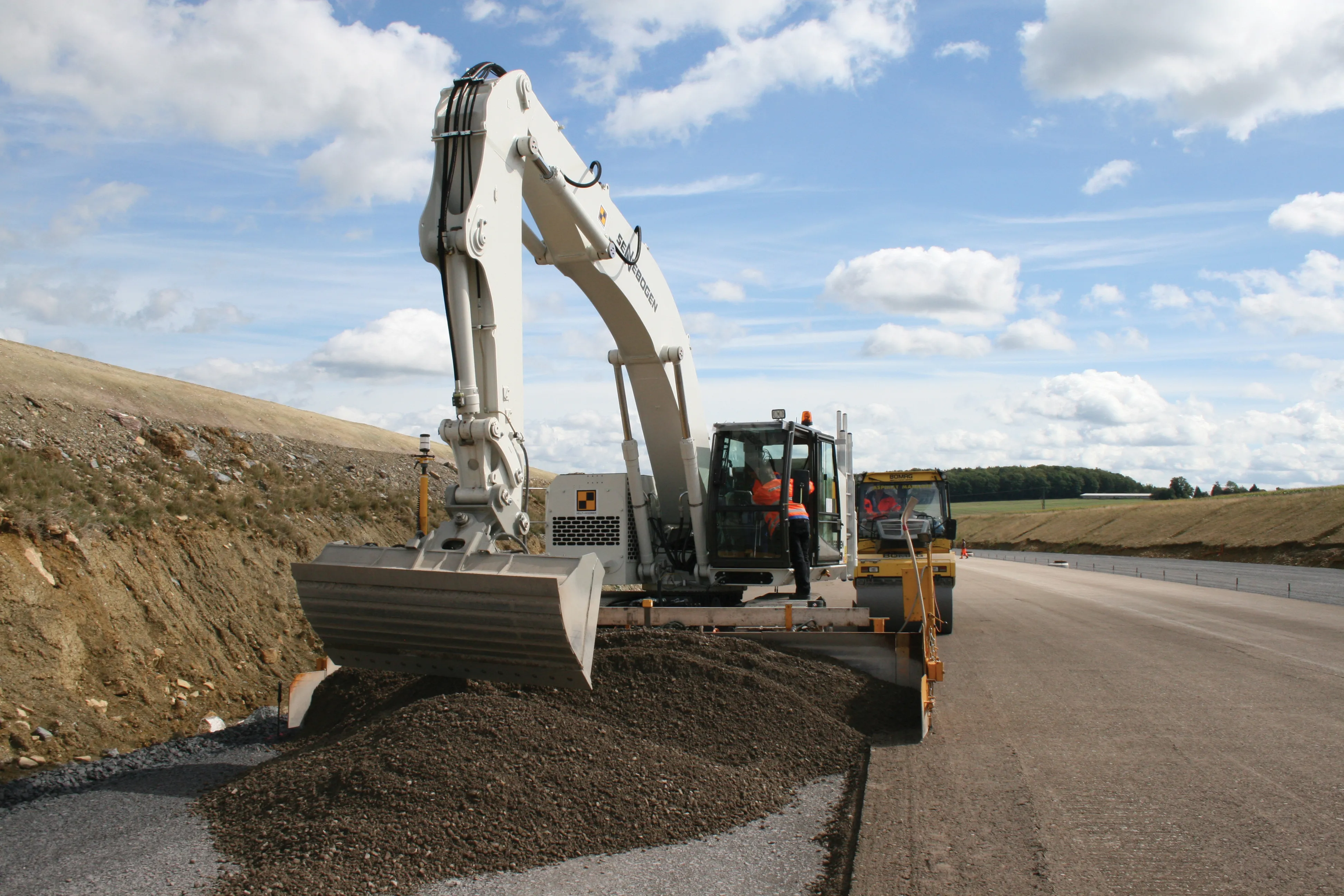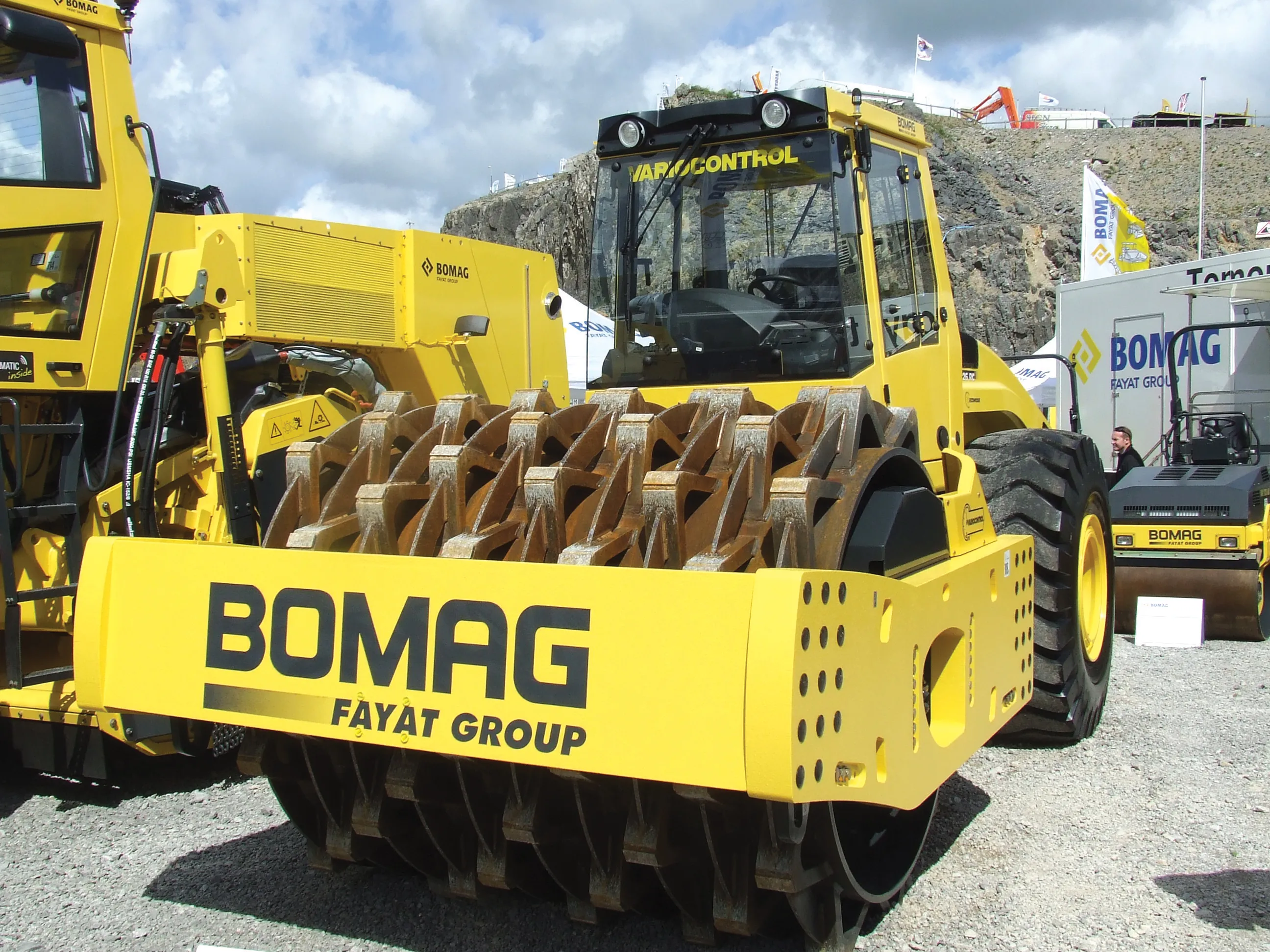In the Southern German state of Bavaria a contractor is using an adapted machine from Sennebogen for concrete paving duties. Munich-based Heilit+Woerner is using the Sennebogen machine as a carrier vehicle for applying bases for road surfaces. Sennebogen supplied one of its SR 25T models as a carrier vehicle for a new road base finisher. The multifunctional device is now used with a paving screed for bound and unbound road bases and allows the contractor to combine stages of work in one. The material can be
November 29, 2012
Read time: 2 mins

In the Southern German state of Bavaria a contractor is using an adapted machine from Sennebogen for concrete paving duties. Munich-based Heilit+Woerner is using the Sennebogen machine as a carrier vehicle for applying bases for road surfaces.
Sennebogen supplied one of its SR 25T models as a carrier vehicle for a new road base finisher. The multifunctional device is now used with a paving screed for bound and unbound road bases and allows the contractor to combine stages of work in one. The material can be distributed precisely over large areas via the boom. Hydraulically bound and unbound road bases are laid in the correct position and height with a paving screed up to 8m in width and equipped with compacting plates.The machine operator’s main task is to distribute the material, while the drive and levelling functions run automatically. The paving screed is levelled using additional hydraulic cylinders mounted on the undercarriage and the position and height of the machine is controlled using positioning technology that follows a digital terrain model. This allows the material to be laid to a width of up to 8m, straightened, levelled and compressed at the same time. Despite its small size, the Sennebogen SR 25T is also said to be stable in operation due to its telescopic crawler chassis, allowing a three lane stretch of motorway can be prepared in just two work steps.






